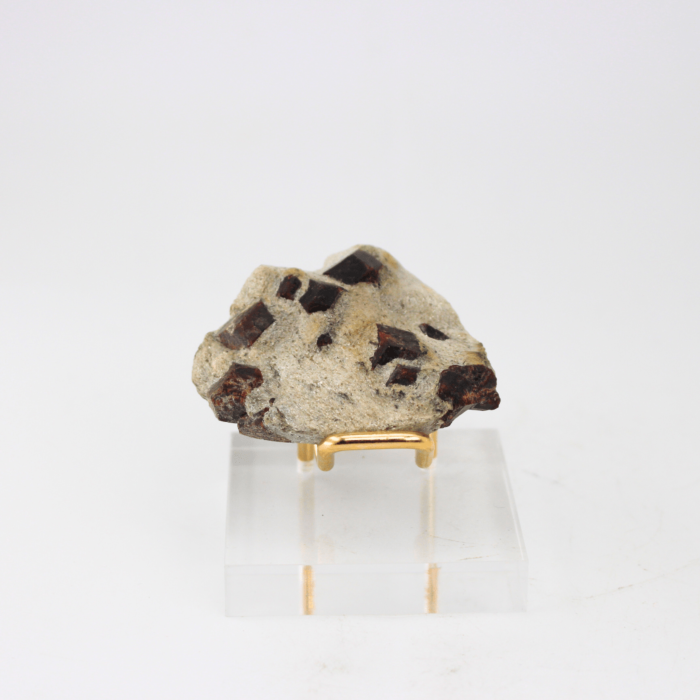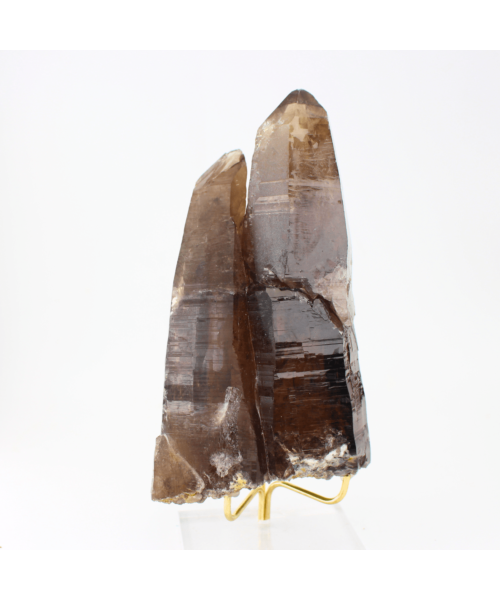Granite: The Majestic Rock of Endurance and Elegance
Granite is an iconic igneous rock, widely recognized for its enduring strength, distinctive appearance, and versatile applications in construction and art. Composed mainly of quartz, feldspar, and mica, granite has been revered for centuries for its durability and aesthetic appeal.
Mineral Composition:
Quartz: The clear or milky-white mineral within granite, contributing to its hardness and durability.
Feldspar: Typically pink, white, or gray in color, feldspar provides granite with its distinctive coloring and contributes to its overall strength.
Mica: Often dark brown or black, mica adds a touch of sparkle to granite and influences its texture.
Physical Characteristics:
Color: Granite comes in a wide range of colors, including pink, gray, white, black, and variations in between. The specific combination of minerals determines the rock's overall color palette.
Texture: Granite has a granular texture, characterized by visible crystals of quartz, feldspar, and mica.
Pattern: The arrangement of minerals within granite often forms interesting patterns, giving each slab a unique and captivating appearance.
Properties:
Hardness: Granite is an exceptionally hard rock, scoring 6 to 7 on the Mohs scale, making it highly resistant to scratching and abrasion.
Density: With a moderate to high density, granite is well-suited for various structural and decorative applications.
Durability: Known for its durability and resistance to weathering, granite is a popular choice for outdoor structures and monuments.
Applications:
Construction: Granite is widely used as a building material for countertops, flooring, facades, and monuments due to its strength, durability, and appealing aesthetics.
Sculpture: Many famous sculptures and monuments, such as statues and gravestones, are crafted from granite for its enduring qualities and ability to retain intricate details.
Interior Design: Granite countertops and tiles are popular choices in kitchens and bathrooms, adding both elegance and practicality to interior spaces.
Formation:
Granite forms deep within the Earth's crust through the slow crystallization of magma. As the molten rock cools and solidifies over millions of years, mineral crystals grow, interlocking to create the distinctive granular texture of granite.
Locations:
Granite deposits are found worldwide, with notable sources including Brazil, India, China, Italy, and the United States. Each region's granite exhibits unique colors and patterns, influenced by the local geological conditions.
In summary, granite stands as a symbol of enduring strength and timeless elegance. Its widespread use in construction and art highlights not only its practical qualities but also its aesthetic appeal, making it a beloved and enduring choice in diverse applications.










Please complete your information below to login.
Sign In
Create New Account